
King Mengrai was born to the ruler of Ngoen Yang (in the region of Chiang Saen in 1239. His mother was a daughter of the Tai Leu ruler of Chiang Hung (Jinghong in Xishuangbanna Prefecture, Yunnan). The 25th in a line of Lao kings, he ascended to the throne in 1259.A charismatic and powerful leader, he quickly established dominance over the small neighbouring principalities.As his power increased he moved his capital to Chiang Rai, which he founded in 1262, and then to Fang in 1268. In 1276, he formed an alliance with King Ngam Muang, the powerful ruler of Phayao.King Mengrai captured the richer and more powerful city of Haripunchai (Lamphun) in 1281. He was able to do this through a conspiracy with a skilful merchant called Ai Fa, who won the confidence of the city's ruler and became chief minister. Ai Fa then undermined the king's popularity, bringing about the easy downfall of the city.
Mengrai gained further strength from his association with King Ngam Muang of Phayao, who had been tutored as a child with King Ramkamhaeng of Sukhothai. This helped Mengrai forge an alliance with the latter in 1287, securing his southern flank from attack and giving him a free hand to counter threats from the Mongol Chinese empire to the north.
At some time in the 1280's Mengrai moved his capital to Wiang Kum Kam, but the site later proved to be unsuitable. In the late 1280's he made two expeditions to Burma.
From the Mon kingdom of Hamsavati (Pegu) he gained an alliance and the hand of the king's daughter. From the Shan kingdom of Ava-Pagan he gained 500 families of skilled craftsmen.
Mangrai founded his grandest capital, Chiang Mai, in 1296 and began to embellish it with temples. His forces successfully campaigned against the Chinese Mongols in Southern Yunnan, but after 1311 he sent tribute to the Mongols and averted further threats from the north. He died in the middle of the city, reputedly from a lightning strike, in the year 1317.
Mangrai had three sons. The second son, Chai Songkhram, was to continue the dynasty that ruled Lanna until the demise of Phra Mekuti in 1564.
Monument of King Mengrai the Great This Monument is situated at the starting point of the road to Mae Chan, Chiang Saen and Mae Sai.




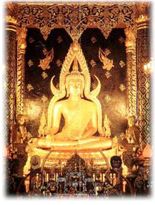
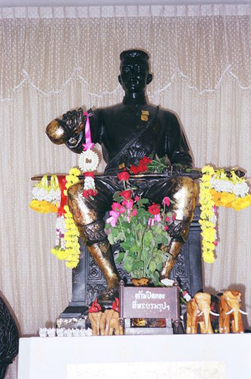

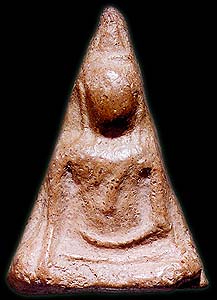
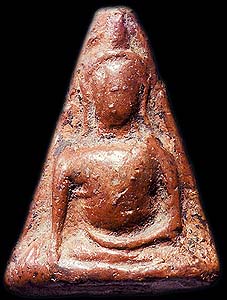
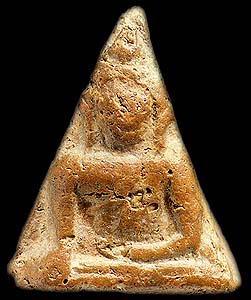
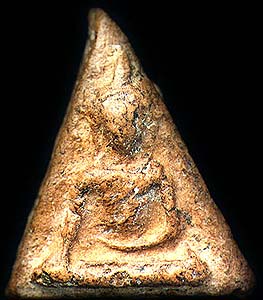
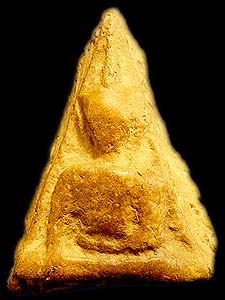
No comments:
Post a Comment